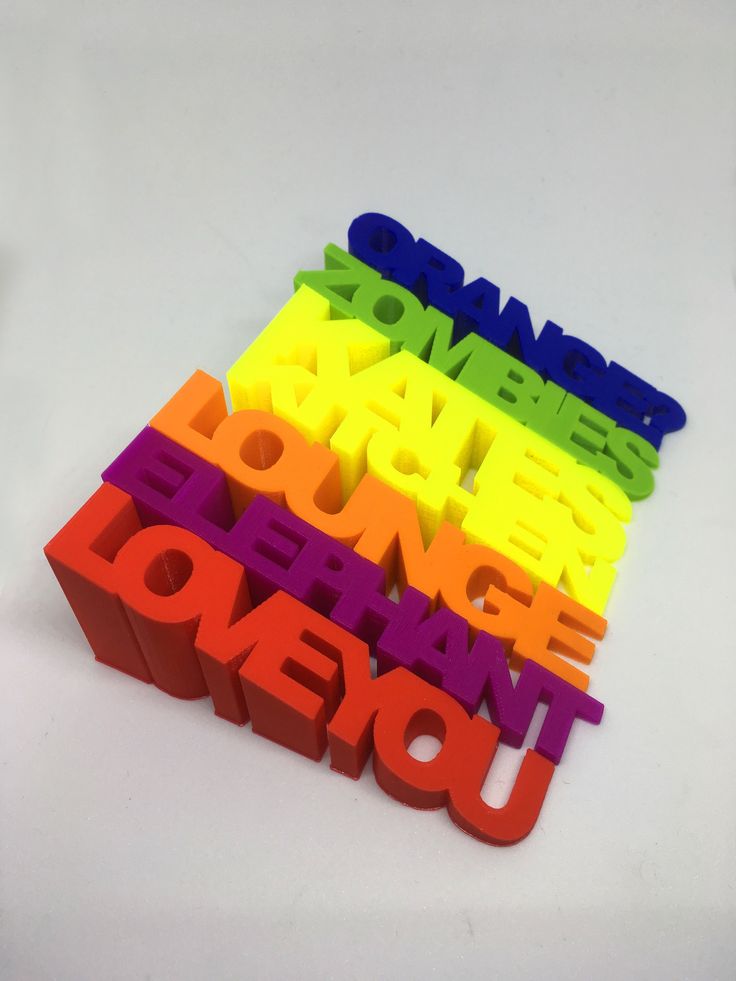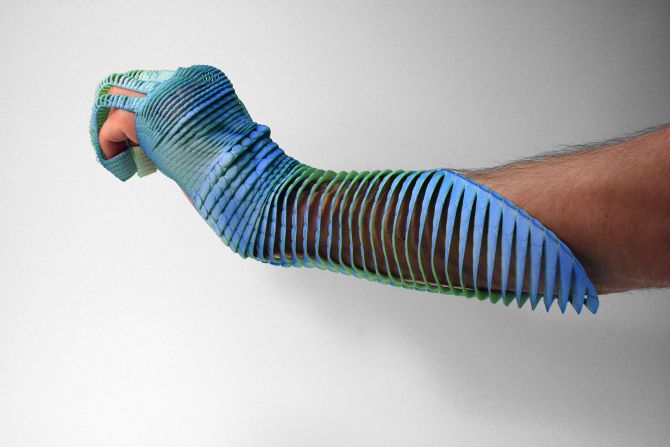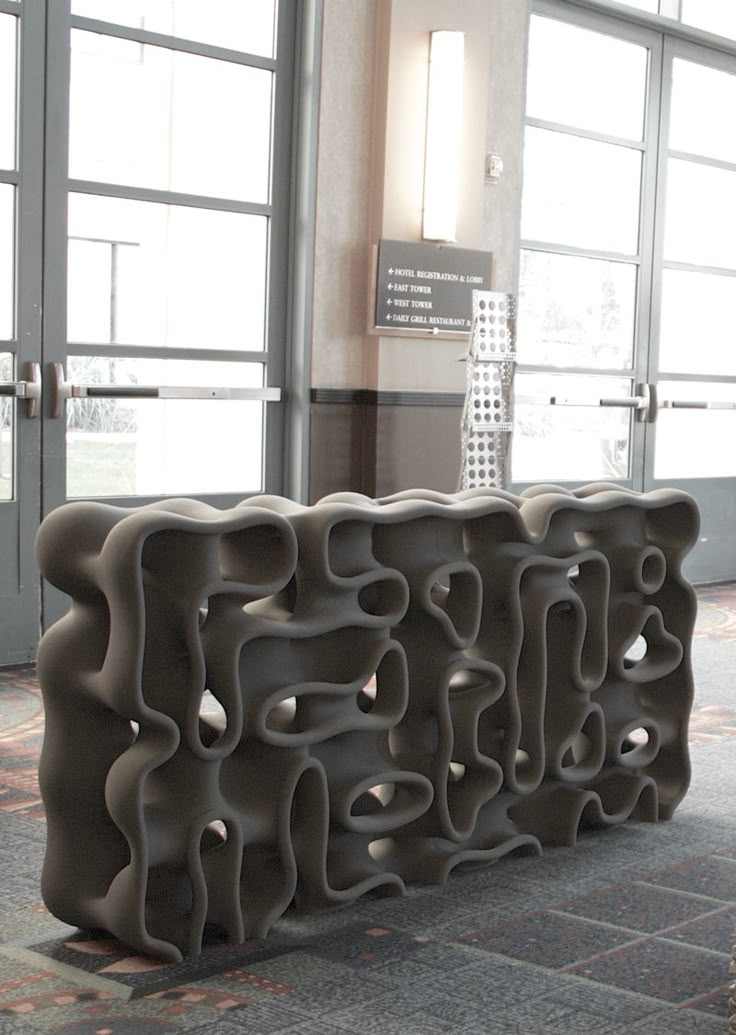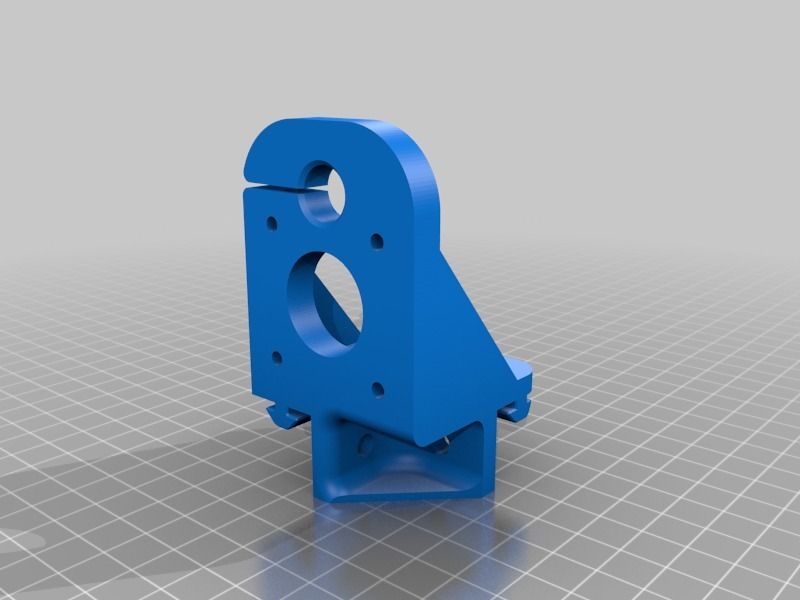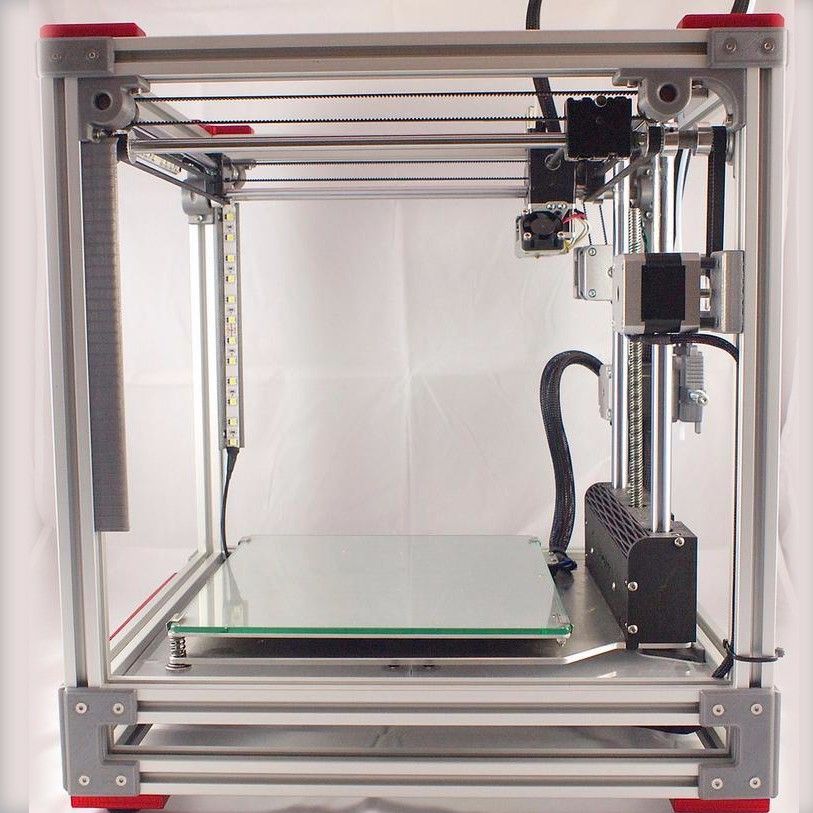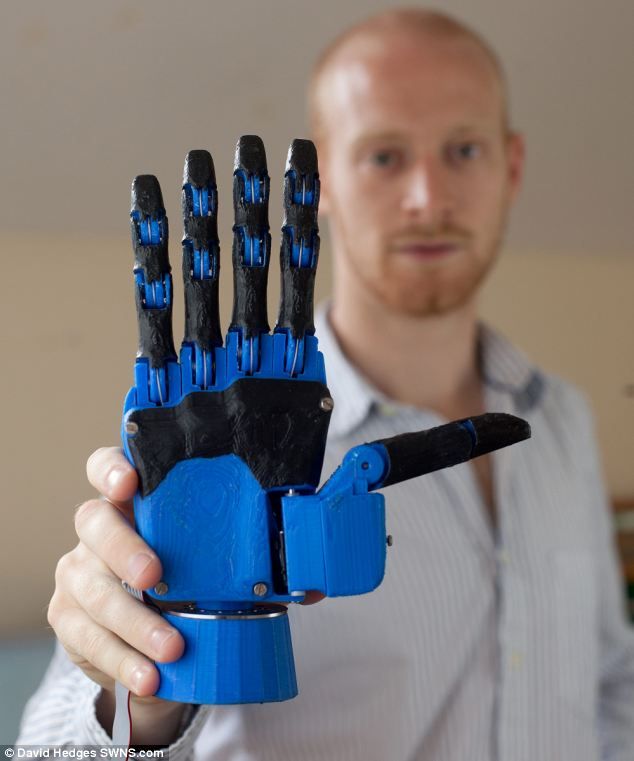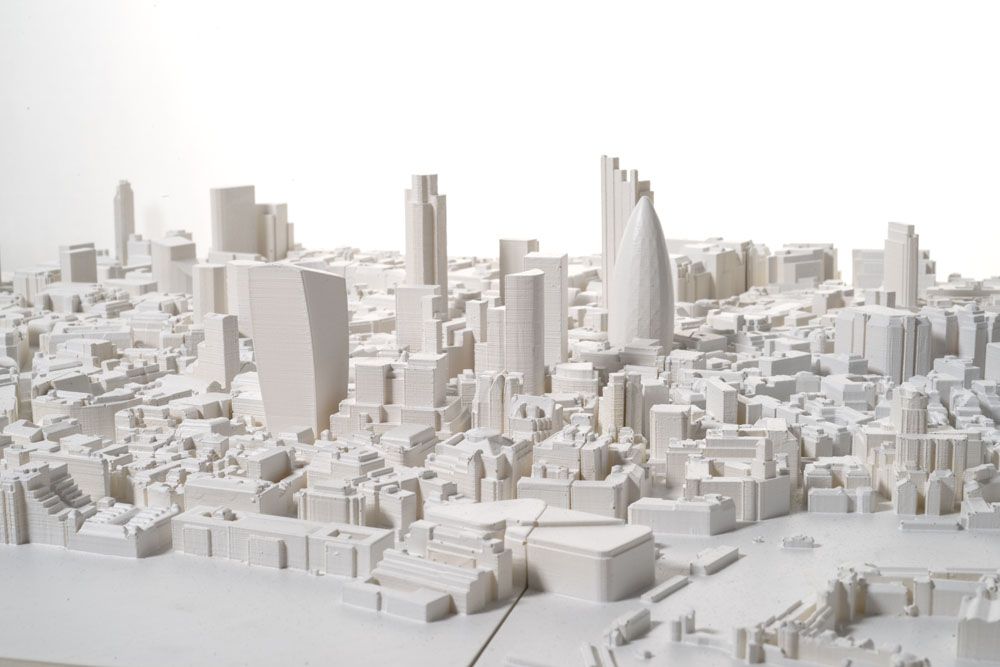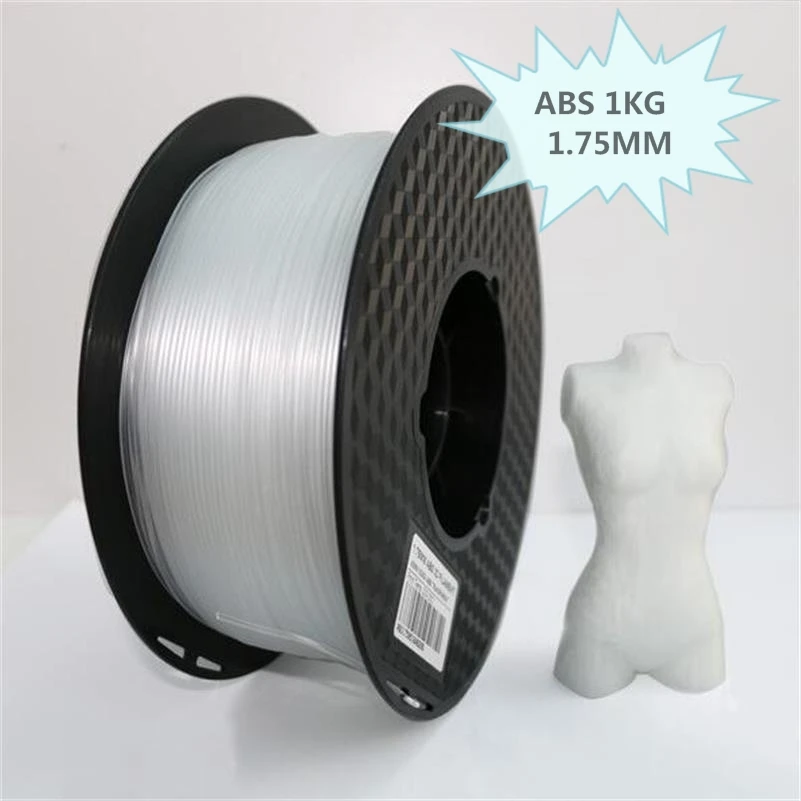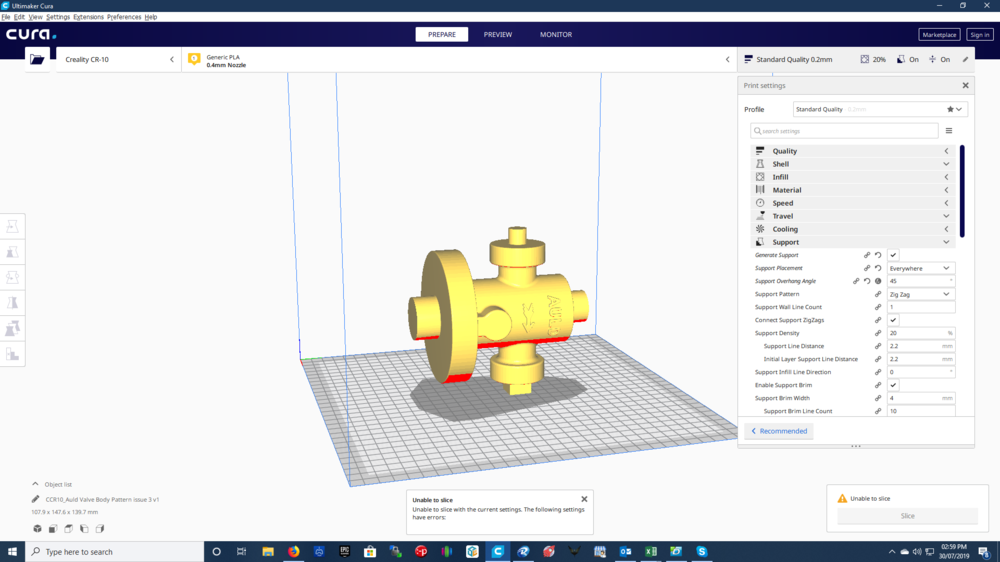3D printer heat break
Installing a Bimetallic Heat Break on a Creality 3D Printer Hot End — Creality Experts
Note: Creality Experts receives a commission for items you purchase from this page, at no additional cost to you. For more information, please see our affiliate link policy.
In this article, we’re going to introduce you to an upgrade you may want to add to your Creality hot end to improve performance and reduce maintenance. This bimetallic heat break is a simple upgrade that we’ve found to be very effective at both of these goals. We’ll explain why you might want it and how to install it on your Creality 3D printer.
Why Use a Bimetallic Heat Break?
Creality 3D printers such as the Ender 3, CR-10, Ender 5, or Ender 6 all use a very similar hot end design. All of these hot ends use a section of PTFE tube which runs from the extruder all the way to the base of the nozzle. PTFE has very poor thermal conductivity, which is a great property for a hot end in order to keep the heat as close to the nozzle as possible and ensure the filament remains rigid until it reaches the nozzle.
Unfortunately, PTFE will wear over time as it is exposed to heat, which will eventually lead to issues like frequent jamming and under-extrusion. To address this, you can install a bimetallic heat break into the hot end. This ensures that the PTFE does not extend into the hot portion of the hot end, and does not get hot enough to wear down.
On the standard hot end, the PTFE tube extends into the hot zone of the hot end, which causes the tube to wear over time.
With a bimetallic heat break, the PTFE does not enter the hot side at all, and is never exposed to the high temperatures required to melt filament.
Additionally, the back and forth retraction movements of printing can cause a gap to form between the PTFE tube and the top of the nozzle. When this happens, melted filament will fill the gap and will stick to the new filament as it is extruded, which can also cause jamming and under-extrusion.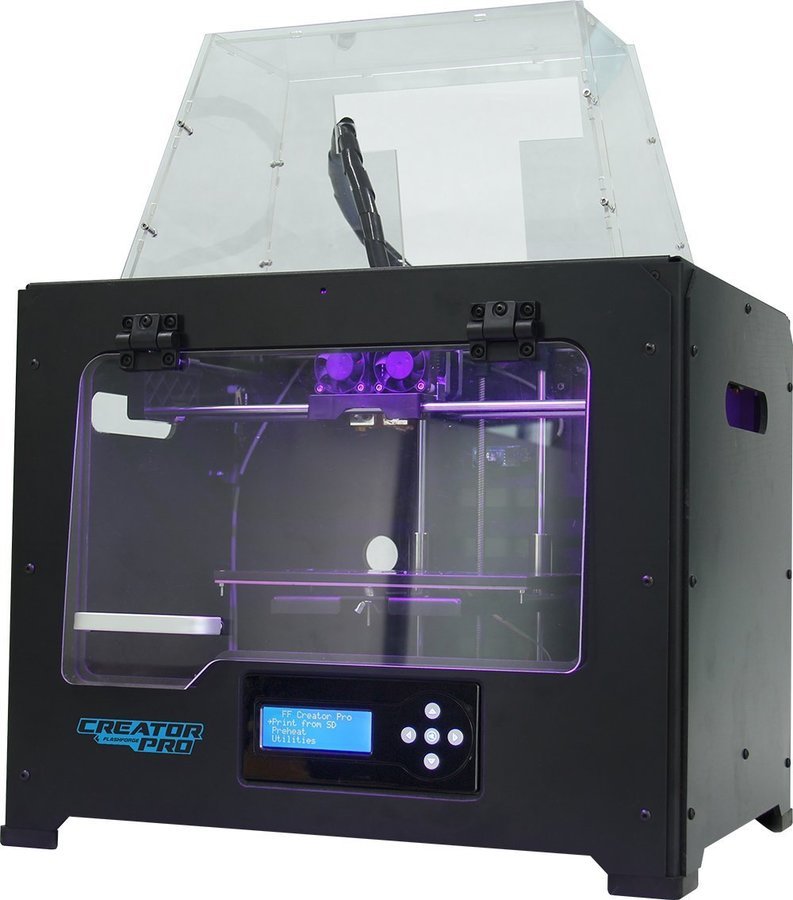 The bimetallic heat break prevents this issue as well.
The bimetallic heat break prevents this issue as well.
There are two cases where we especially recommend upgrading the standard PTFE-based Creality hot end to use the bimetallic heat break:
You want to print high temperature materials like ABS or Nylon: The standard Creality hot end can reach 260 C and can print materials like ABS and some Nylon blends, however any temperature above 250 C will cause the PTFE tube in the hot end to degrade faster.
You are printing a lot, and want to perform less maintenance on the hot end: Even if you print only low-temperature materials such as PLA, the PTFE in the hot end will degrade over time.
A bimetallic heat break is an easy upgrade that will improve the reliability of your printer and allow you to print at higher temperatures (though this will require a firmware update). We primarily print PLA, but we are running our machines so often that this upgrade is worth it to us just to reduce the hot end maintenance and failed prints that result from hot end wear.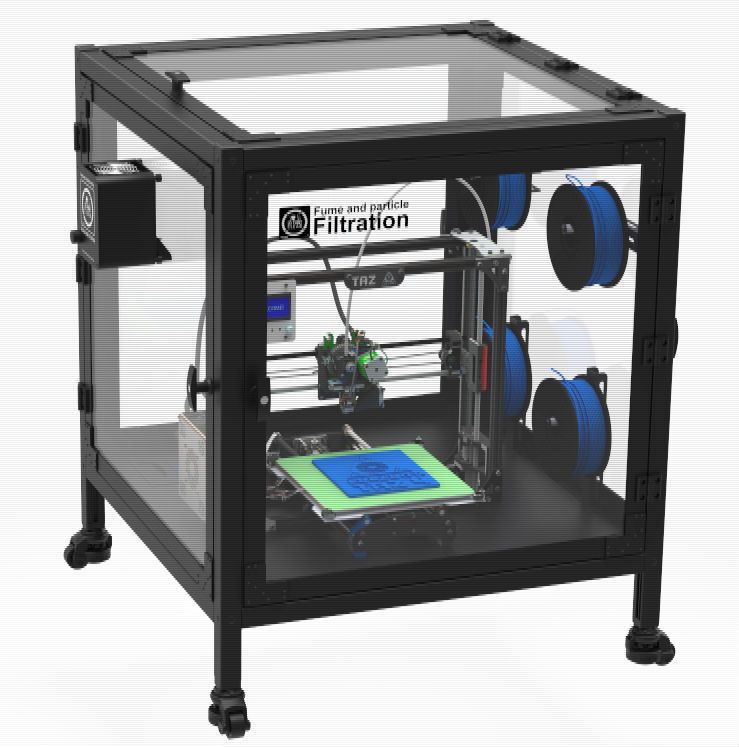
How Does a Bimetallic Heat Break Prevent Wear?
The Slice Engineering bimetallic hot end cross section. The use of two metals ensures that heat transfers freely within the hot side, but cannot move quickly to the cold side (picture credit Slice Engineering).
The heat break is the piece that connects the hot and cold sides of the 3D printer. The goal of the heat break is to allow as much heat transfer as possible within the hot side to melt the filament, while preventing as much heat as possible from reaching the cold side.
Unlike the standard heat break, the bimetal heat break does not allow the PTFE tube to fully pass through the hot end to the nozzle. Instead, the hot side is a solid copper alloy or other conductive metal with a thin steel tube containing the filament (hence the bimetal name).
Only the thin steel passes between the hot side and the cold side, and the thin cross section reduces how much heat can move from the hot and cold end.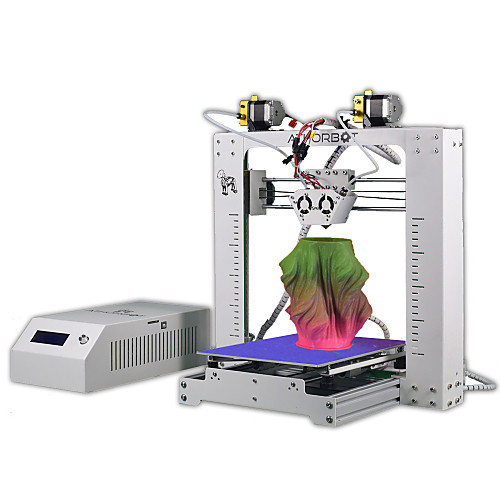 Though steel is a better conductor than PTFE, the steel tube can be made much thinner due to the strength of the material.
Though steel is a better conductor than PTFE, the steel tube can be made much thinner due to the strength of the material.
Because the PTFE tube is not exposed to the hot side, it is never exposed to high temperatures and doesnt wear. In addition, if a gap forms between the bimetal heat break and the PTFE, it is not an issue since the filament is still fully rigid and cold.
Choosing a Bimetallic Heat Break
There are a number of bimetal hot ends on the market to choose from, and this is very much a situation where “you get what you pay for”. Since these are precision machined parts, our recommendation is the Slice Engineering Copperhead heat break. While this heat break does cost substantially more than other options, we have been very happy with the quality of the product. Use the guide below to choose a compatible part:
The Slice Engineering Copperhead heat break (view on Amazon) C-E variant is compatible with most Creality 3D printers
The C-Pro Max variation (View on Amazon) is required for the CR-10s Pro and CR-10 Max since they use a different heat sink.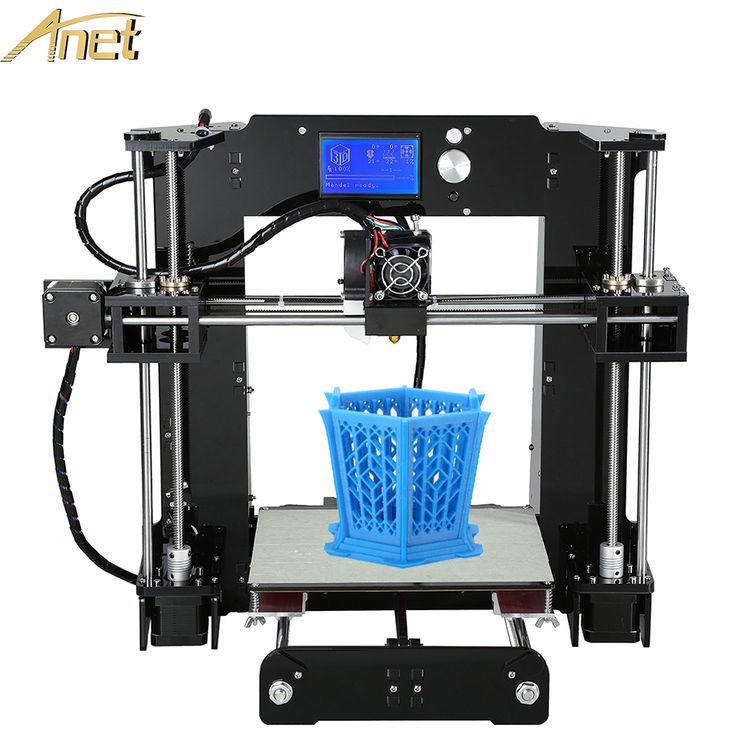
C-E (view on Amazon).
C-Pro Max (view on Amazon)
CR-10s Pro |CR-10 Max
Note: you will also need to replace the heat break with one that uses the standard M6 threading, such as this copper heat block from Amazon. This will also allow you to use standard nozzles with these 3D printers.
Not compatible
Ender 3 S1
We have seen that upgraded heat breaks from other brands are often fully stainless steel on the hot end side instead of using a copper alloy sheath. Using a full steel design will reduce heat transfer in the hot side, which is not desirable and will reduce how fast the filament will melt. The Copperhead heat break is a better design that provides better performance.
There are also all-metal hot ends such as the Micro Swiss all-metal hot end (view on Amazon), which we do not recommend.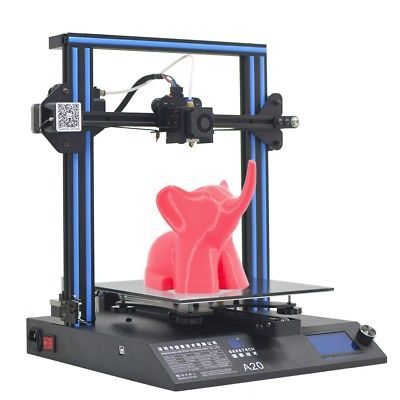 While Micro Swiss is a quality brand, the all-metal hot end pre-dates bimetal. It uses a similar idea of a very thin tube between the hot and cold sides, but the entire hot end is made from the same material. Similar to the lower-cost bimetallic heat breaks, this reduces the heat transfer in the hot side, which is undesirable.
While Micro Swiss is a quality brand, the all-metal hot end pre-dates bimetal. It uses a similar idea of a very thin tube between the hot and cold sides, but the entire hot end is made from the same material. Similar to the lower-cost bimetallic heat breaks, this reduces the heat transfer in the hot side, which is undesirable.
Installing a new heat break is a fairly straightforward process that does not require removing any sensors or wires from the hot end, and can be completed in 10-15 minutes. Note that the steps may vary a bit between different Creality 3D printers, but are overall very similar. We are using an Ender 3 Max for this walkthrough.
1. Remove the enclosure for the hot end. This will differ based on the 3D printer model you have, but will involve removing 1-2 screws to access the hot end.
2. Remove the nozzle. You can use the included metal wrench or a socket (we use a nozzle wrench).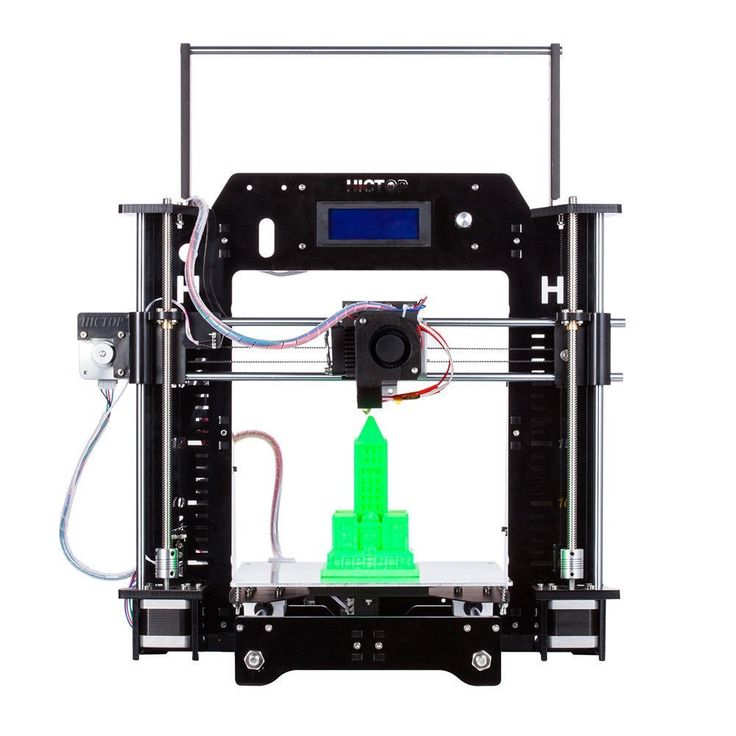
3. Loosen the two screws on the left and right sides of the heat block which reinforce the heat block. (Some 3D printers do not have these)
4. Remove the grub screw on the bottom of the heat sink which holds the top of the heat break in place.
5. Remove the coupler from the top of the heat sink which holds the PTFE tube in place.
6. Remove the PTFE tube. You may need to use pliers if the tube is stuck (which can occur as it wears down).
7. Remove the heat break from the heat sink by pulling the heat block downward, being careful not to pull on the connected wires. Unscrew the heat break to remove it. Usually, this can be done by hand, but use pliers if necessary.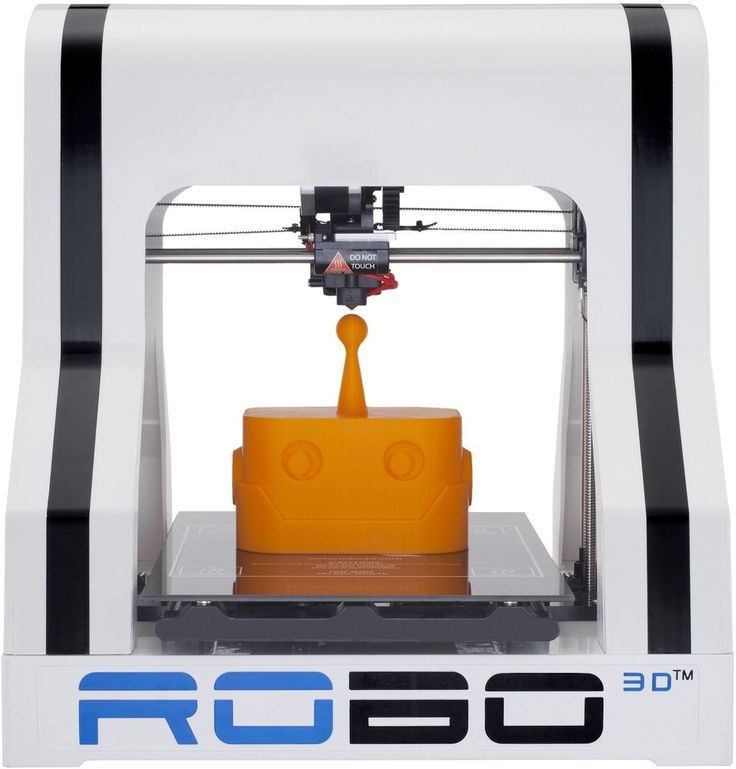 If it is particularly hard, it can help to heat the hot end to 180C.
If it is particularly hard, it can help to heat the hot end to 180C.
8. Screw in the new bimetallic heat break so that the top of the lower portion is parallel with the top of the heat block. Reattach the nozzle and tighten it as far as you can (we recommend just replacing the nozzle at this point since nozzles are so cheap).
9. Install the two side screws. These screws should not be tight, so stop once you feel resistance.
10. Screw in the PTFE coupler fully, then push the PTFE tube into the heat sink as far as possible (Remove the tube from the PTFE coupler first by pressing the plastic button on the top, then pulling it off of the PTFE).
The process is now complete! Note that you will need to re-level the print bed after making this change, since it will significantly change the height of the nozzle.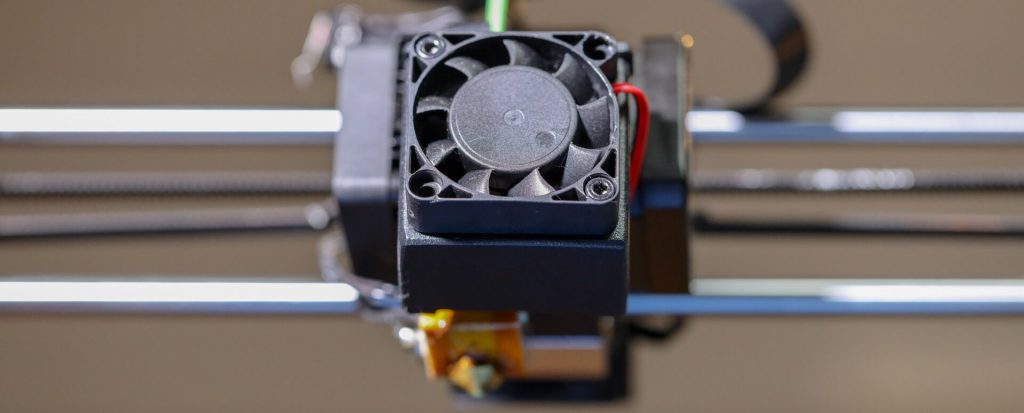
Next Steps
You can use the same printing settings as before with the new heat break, but it is a good idea to do some testing for temperature and retraction settings to make sure you have everything dialed in as much as possible. If you want to learn more about how the hot end works, check out our hot end repair guide, which takes an in-depth look at how it works and how to troubleshoot issues.
Click here to view the Slice Engineering Copperhead Heat Break on Amazon.
Fighting and Winning against Heat Creep in 3D Printers — 3D-Fuel
Heat creep is a sneaky irritation that most 3D printer users will experience at one time or another. It is often hard to diagnose because it often appears to be something entirely different.
Occasionally customers call us with frustration from “nozzle clogging” while using our filament. After multiple times disassembling their printer’s print head, they finally ask us about it. (Don’t do this… reach out to us right away if you have issues, we’ll save you time.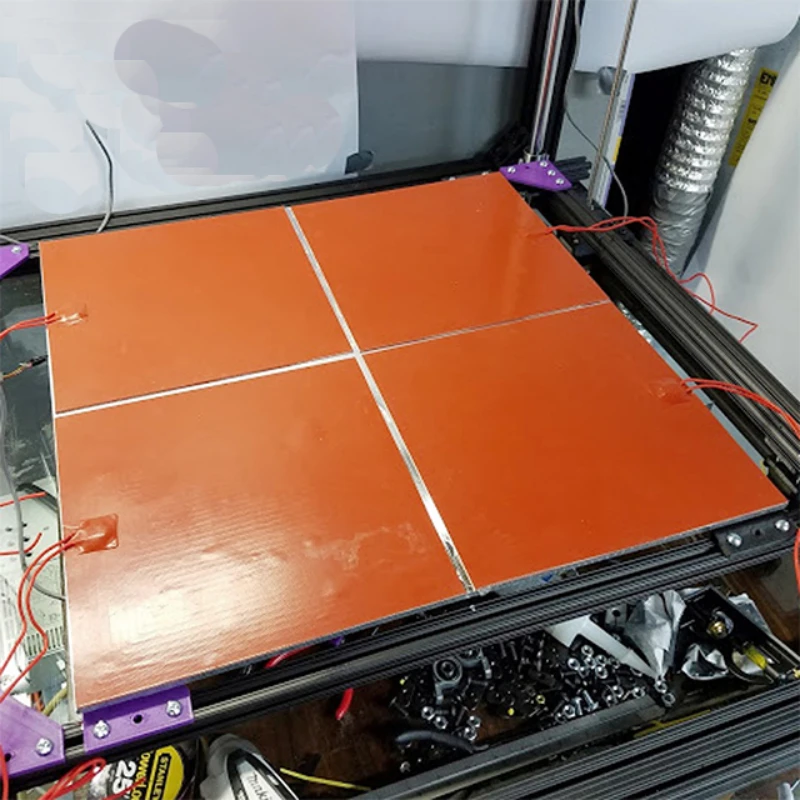 )
)
The symptom is that, when printing, the first few layers print just fine. Then, at some point in the print (typically 1-2 hours in), the filament just stops moving through the head and it appears to be jammed in the nozzle. Your extruder may be making a clicking sound and/or be chewing a hole on the side of your filament. Multiple cleanings of the nozzle and/or cold pulls do not seem to fix it and it causes a lot of stress for the user.
In reality, what may be going on is easy to explain, and often easy to correct. Look at the diagram below showing the various parts of a typical 3D printer hot end. You can see that the filament is fed through the hotend by the extruder (not pictured) and comes out through the heater block and the nozzle. Inside that large heat sink is a smaller metal tube called the heatbreak. Sometimes this tube is lined with PTFE tubing and sometimes it is not. An all-metal hotend, like that found on many 3D printers today, does not have a PTFE liner.
As you can see from the full picture of the hot end, the heat break is inside the heater block and the heat sink. We show one along the side so you can see where it fits. Its purpose is to prevent, or “break”, the transfer of heat. The goal is to keep the heater block nice and hot so that the filament is completely molten for smooth extrusion through the nozzle while keeping the upper part of the heartbreak (the part in the heat sink) nice and cool so that the filament can be properly controlled.
We show one along the side so you can see where it fits. Its purpose is to prevent, or “break”, the transfer of heat. The goal is to keep the heater block nice and hot so that the filament is completely molten for smooth extrusion through the nozzle while keeping the upper part of the heartbreak (the part in the heat sink) nice and cool so that the filament can be properly controlled.
Heat from the heater block can “creep” up this tube as the print proceeds. When the heat gets high enough on the tube it can soften the incoming filament and cause it to swell and stick to the inside of the heat break or swell above the heat break.
Further up the heat break, where it’s cooler, the filament can start to harden. This can especially happen if there are a high number of long retraction moves. No amount of pushing will solve this problem. The filament will have to be pulled out from the top (which is also another issue as it’s too big for the entry points) and removed before you can print again.
On some 3D printing materials that can be annealed, the heat creep can cause the filament to anneal after it’s swelled in the heat break, making it even more difficult to remove.
How to avoid heat creep
There are a number of possible causes for this, but in a nutshell, the filament is melting from too much heat. This has to be addressed. So, we have a few suggestions that solve this issue for most 3D printers.
- Check for buildup on the thin portion of the heat break. If plastic or other debris has built up, it may insulate the “break” too much and allow for too much heat transference up the heat break tube.
- Inadequate heat transfer from heat break to heat sink. Adding some thermal grease between the heat break and heat sink can help improve the thermal transfer and keep the heat break cooler.
- Poor heatsink performance. If the ambient air temperature is too high, or the cooling fan is failing, or there is too much debris around the heat sink, it will not be able to properly do its job.
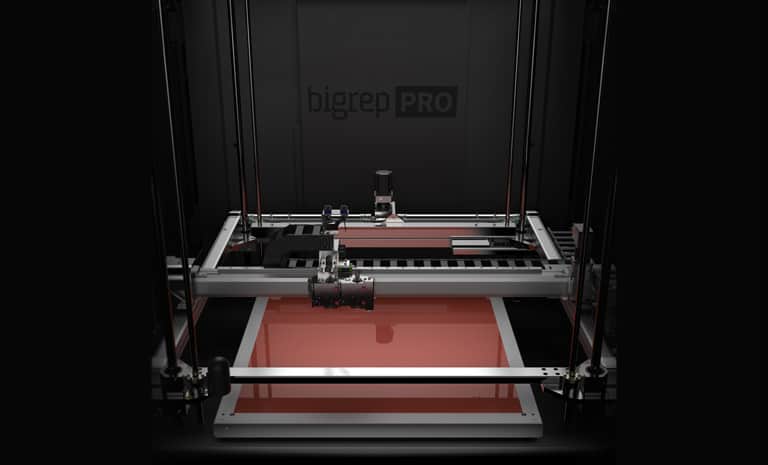
- Hot end temperature is too high. Lower the hot end temperature setting for the print by 5°C a few times to see if that will solve the problem. Sometimes, that’s all it takes to make a difference.
- Oiling (this should be your last resort as it can impact your finished part strength). Take a little vegetable oil or mineral oil and touch your finger tip to it and coat the first couple of inches of your filament with it before you insert the filament. This helps to create a non-stick coating on the inside of an all-metal hotend, similar to seasoning a cast iron pan. Again, this should be a last resort.
We have also found that a few printers just “don’t like” some types of filament. If you have problems and these solutions don’t fix it, you might ask others if they have had the same issues with the same model printer as yours. For example, we know that Prusa Mk 2.5s and newer have an over-bored heat break for enhanced compatibility with their Multi-Material Unit upgrade.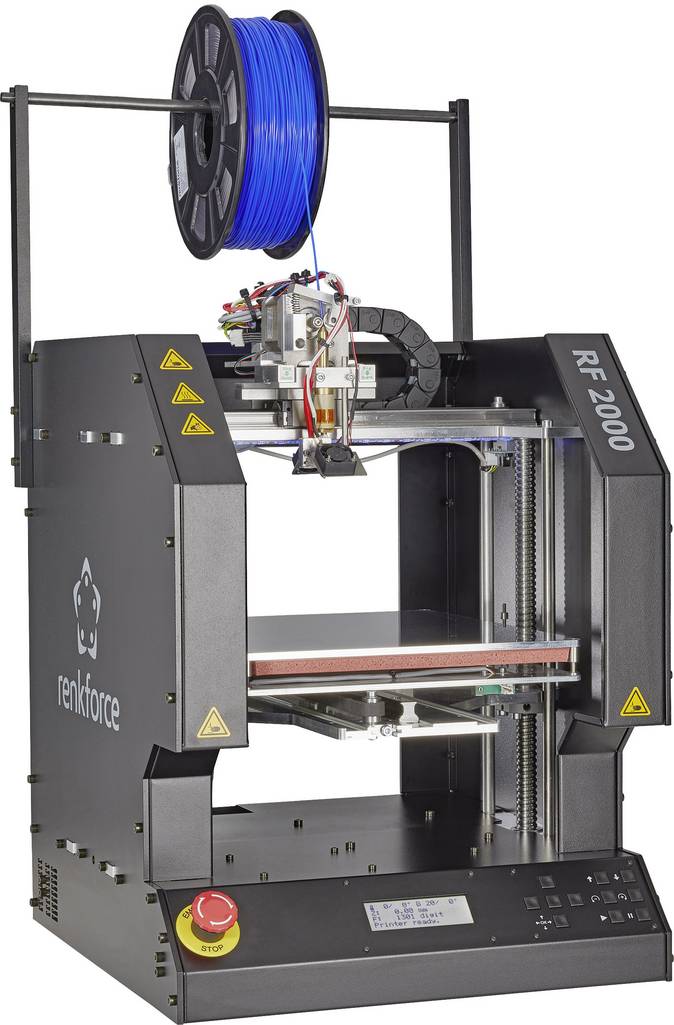 This causes a problem with our Workday PLA as it will start to anneal in the heat break. Standard PLA and Pro PLA do not have this problem. Only Workday PLA does.
This causes a problem with our Workday PLA as it will start to anneal in the heat break. Standard PLA and Pro PLA do not have this problem. Only Workday PLA does.
In fact, our Pro PLA seems to rarely ever have the problem of heat creep and we highly recommend it for worry-free printing.
Taking a few precautions and using the right filament and print settings will give you a much more enjoyable printing experience and reduce or eliminate problems completely.
Written by Carl Powell and John Schneider
copyright © 2020 All Rights Reserved
3DomFuel, Inc. www.3dfuel.com
Creativity® Upgrade CR10 All Metal Extruder Hotend Kit Titanium Thermal Break Flexible for Micro Swiss Ender-3 CR10S 3D Printer Reviews
Creativity® Upgrade CR10 All Metal Extruder Hotend Kit Titanium Thermal Break Flexible for Micro Swiss Ender-3 CR10S 3D Printer Reviews - Banggood UK Online -the shopsCustomer reviews
- 5 star8 (88.
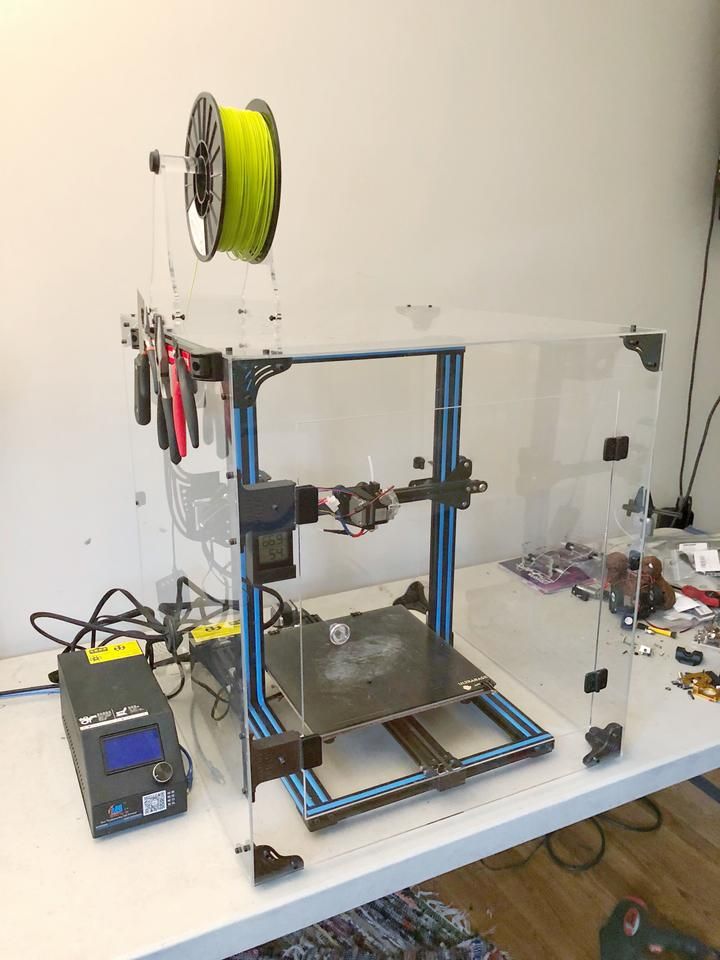 9%)
9%) - 4 star0 (0%)
- 3 star1 (11.1%)
- 2 star0 (0%)
- 1 star0 (0%)
Write a review You will get double Banggood points for a review if you are one of the first 3 to leave it!
- All reviews (9)
- Image (0)
- Video (0)
- All Stars
- All sprockets (9)
- 5 Star (8)
- 4 Star (0)
- 3 Star (1)
- 2 Star (0)
- 1 Star (0)
Sort by:
evaluation
- estimate
- utility
- date
Reviews only from your country (Russian Federation)
|
Show original
Part of the review is translated automatically.
General 0 page
Go to page
Go
Recommended
-
6.02€
1 Meter Thermometer Electronic Digital Display FY10 Built-in Thermometer Indoor & Outdoor Temperature Measurement
(18)
-
9.03€
DC 9-55V 40A 2000W PWM Pump DC Motor Speed Controller High Power Speed Controller 9V 12V 24V 36V 48V
(173)
-
6.
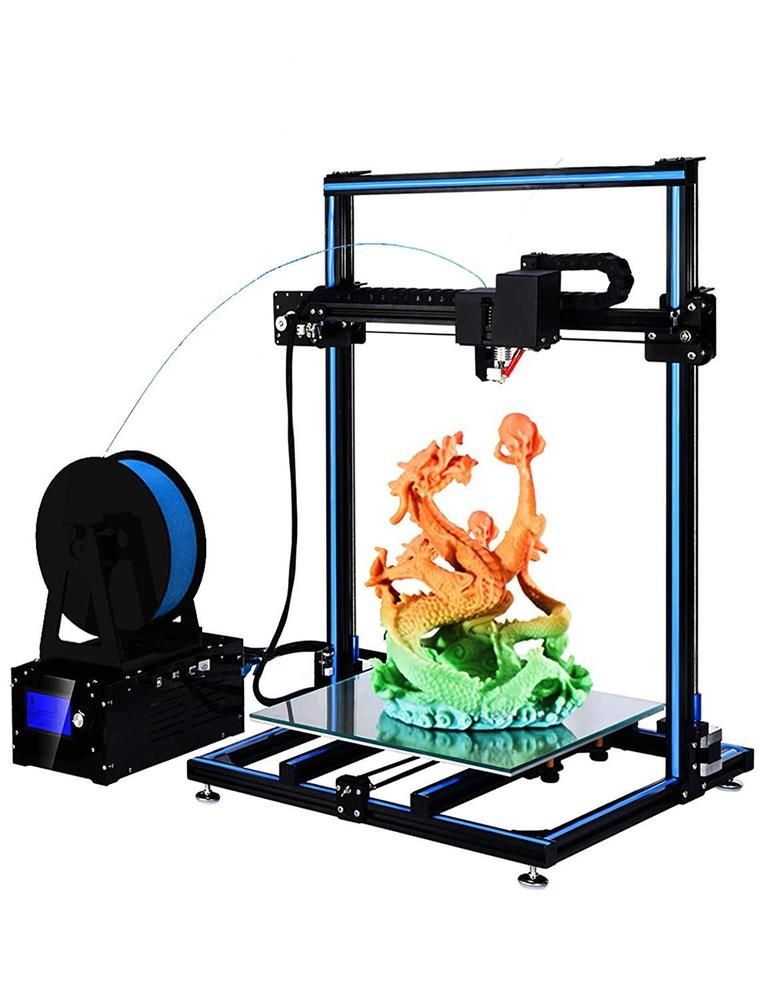 02€
02€ W3230 Digital Temperature Controller Display Thermostat Module Temperature Control Switch Micro Temperature Control Board
(192)
-
3.00€
0.56 inch Mini Digital LCD Comfort Room Temperature Sensor Meter Monitor Thermometer with cable 1M -50-120℃ 5-12VDC
(34)
-
€7.
 02
02 ZFX-W1308A 12V 24V 220V thermostat digital temperature controller adjustable temperature control switch
(0)
-
13.05€
0.56 inch 33V/200V 3 in 1 Time+Temperature+Voltage Display DC7-30 Voltmeter Electronic clock
(0)
-
4.
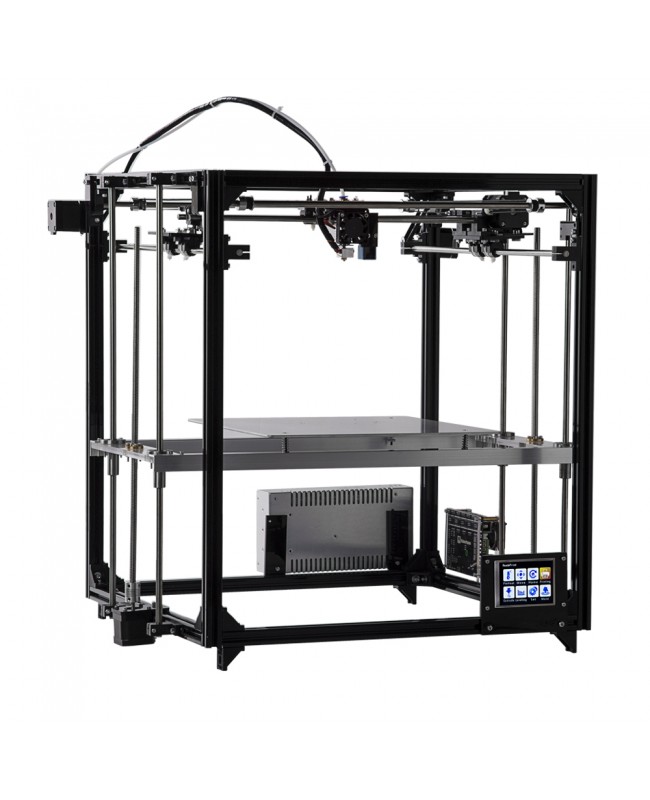 01€
01€ XH-W3001 10A 12V 24V 220V AC Digital LED Temperature Controller for Incubator Cooling Heating Switch Thermostat NTC Sensor
(191)
-
37.16€
Geekcreit® UNOR3 Basic Starter Kits No. Battery Arduino Version Carton Box (Arduino Compatible) - Compatible Variants and Clones
(3527)
-
14.
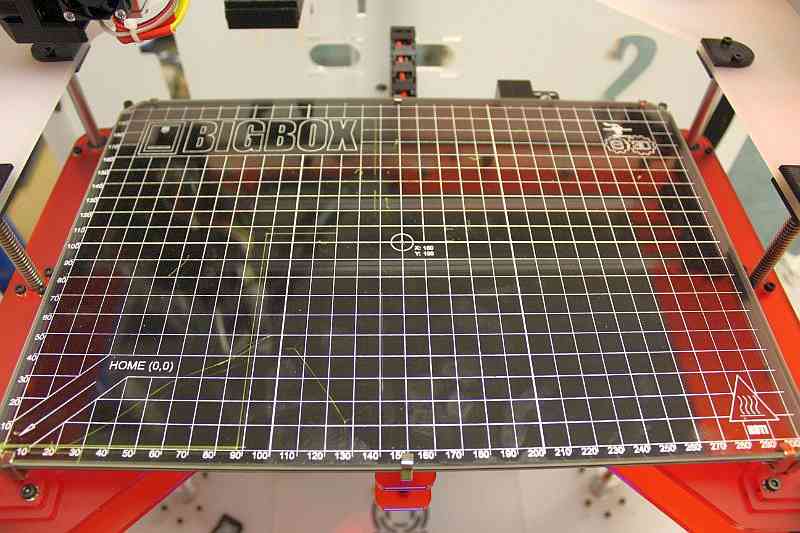 05€
05€ 0.36 inch 3-in-1 Time + Temperature + Voltmeter Display with NTC DC7-30V Voltmeter Electronic Clock
(1)
-
6.02€
NIN® AD101-22TM Digital Round Crystal Film Display Temperature Meter Signal Light LED Aperture 22mm 0-200℃
(0)
recommendation for you
GO-3D Print Dragon Hotend Instructions
1 GO-3D Print Dragon Hotend
1. 1 disassembly
1 disassembly
1.2 assembly
2 Documents / Resources
2.1 Related Guides/Resources
GO-3D Print Hotend Dragon
Disassembly
Tools Required:
- 8mm Open End Wrench
- Hex Wrenches 90425
- Use a 1.27mm hex wrench to remove the M1.4 socket head screws on the bottom of the heater block.
- Once the M1.4 screws are removed, the heating block and heatsink will move apart with little effort.
- Gently pull up on the black conduit. The heater block and thermal break can be separated with an 8mm open-end wrench.
- If any part is damaged or missing, a replacement can be purchased from our ALI express store.
- Horn key 8 mm
- Hexicated keys
- LOCTLOCKER Red 9000
- Use ryzhkaya gashny The thermal break must be tightened to approximately 4.
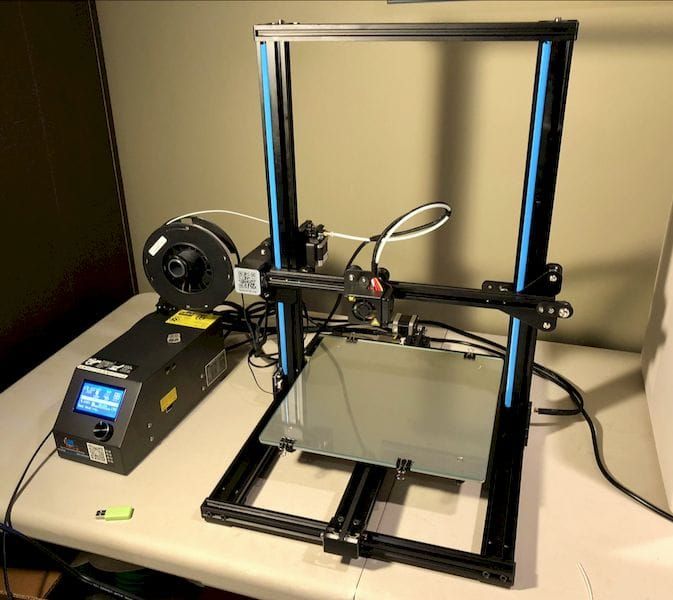 5 Nm.
5 Nm. - Reinstall the black insulating tube, making sure it reaches the bottom of the thermal barrier.
- Carefully align the heatsink with the 4 posts and heat pipe. Slide the radiator down until it is fully pressed against the tubes and heat is interrupted. If the heatsink is not properly aligned, it will damage the heatsink if overtightened.
- After the heat sink is carefully aligned and fully seated on the support tubes of the heater block and thermal break, apply Loctite Threadlocker to the ends of the M1.4 socket head screws.
- Insert M1.4 socket head cap screws into the bottom of the hot block. Use a 1.27mm hex wrench to hand-tighten the screws.
Attention! Do not overtighten the M1.4 screws as this may damage the threads or pull out the heads, which could damage your hot end. - Hot Puff is the last mechanical step before your dragon hoent is ready to go! The hot puff is necessary to seal the nozzle and thermal converter so that the molten plastic does not leak out of the hot end being used.
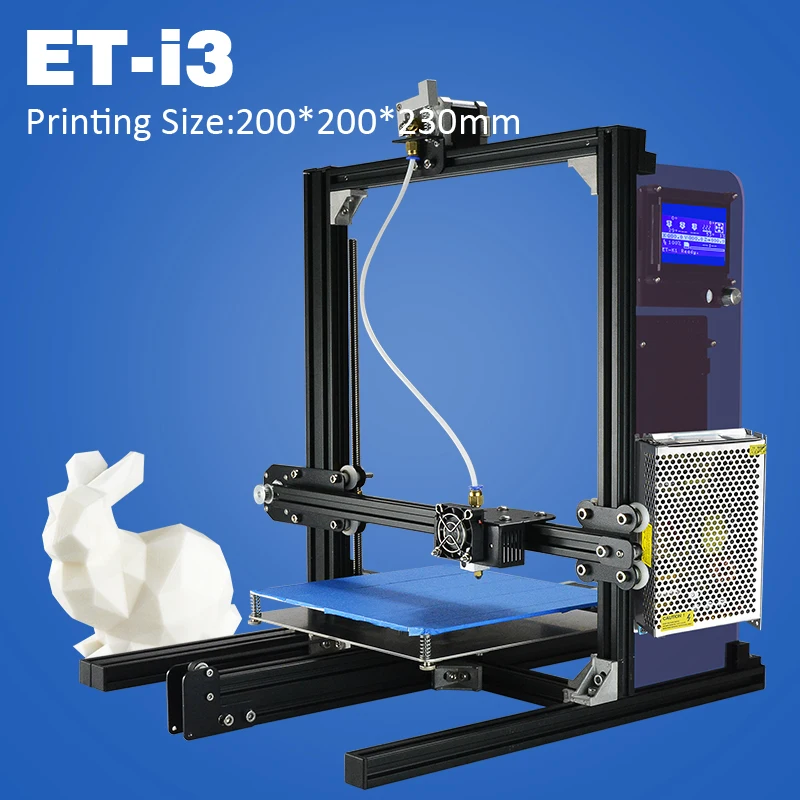
Learn more
Assembly
Necessary tools:
Hot Puff


